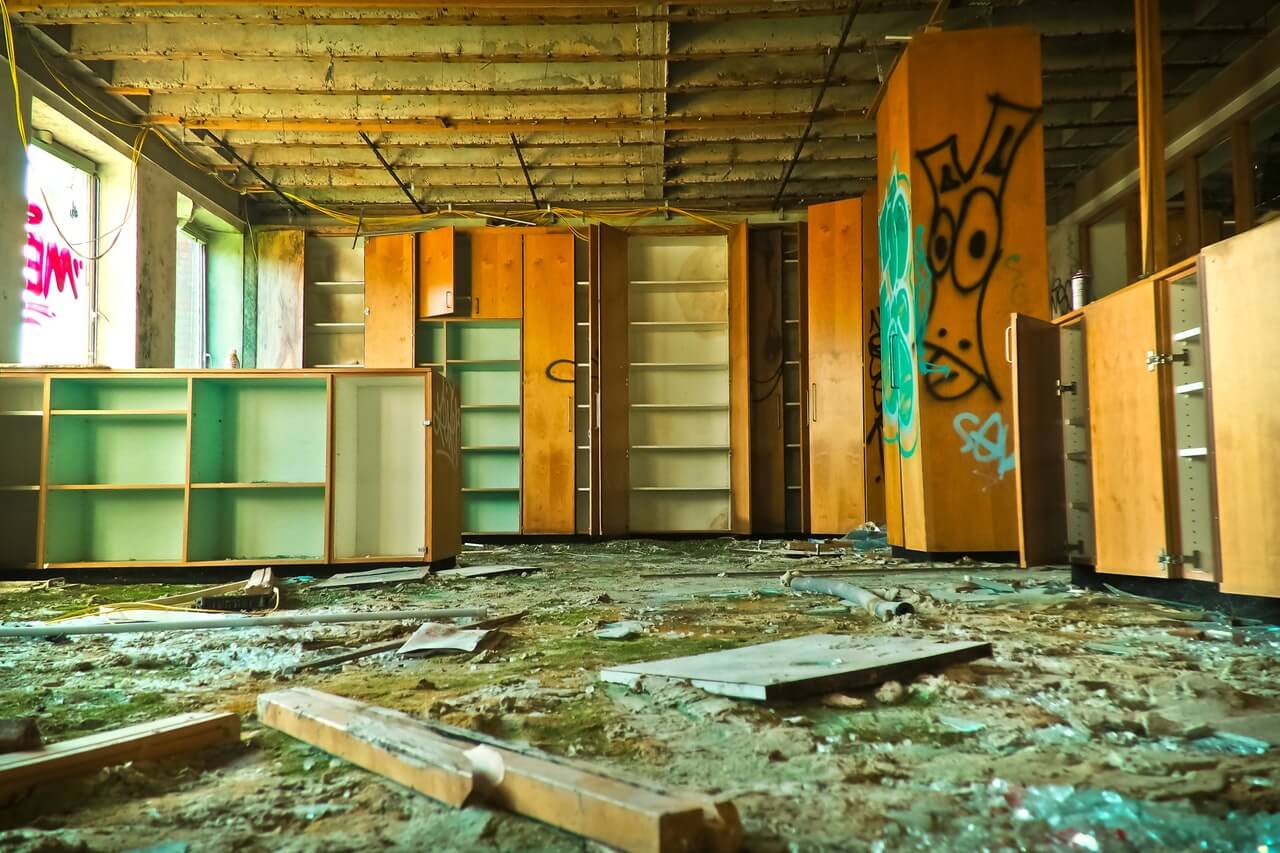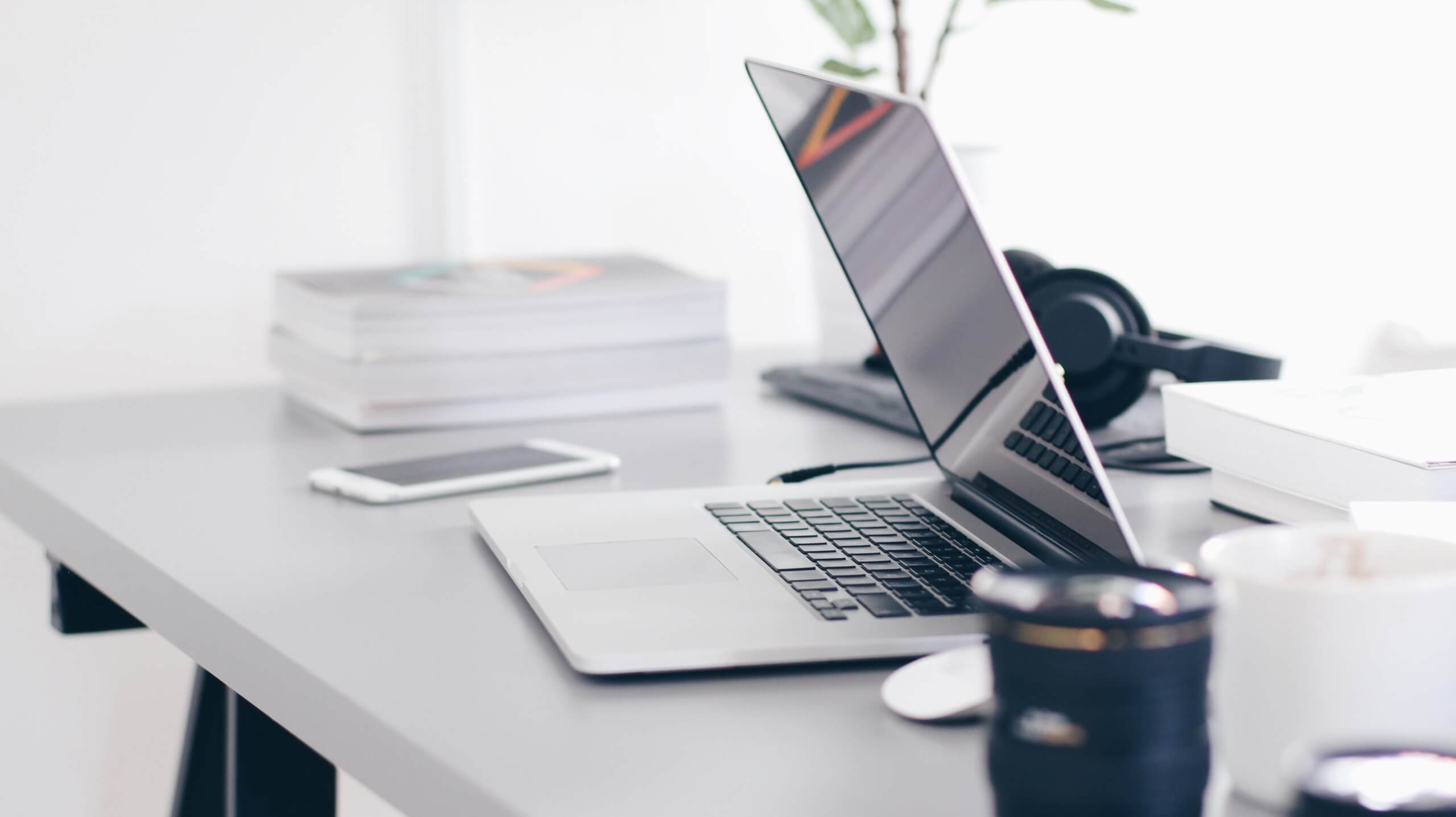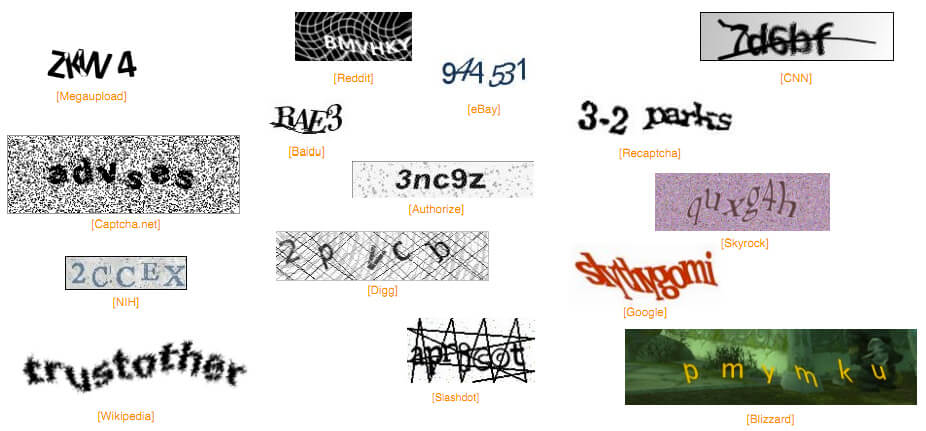In the spirit of having projects for this quarantine, here’s one that is quick and easy: update your Windows 10 privacy settings.
Windows 10 “Features” To Disable
Ad/App Tracking
Windows 10 has a lot of advertising features and tracking built in to the operating system. This tracks things like app usage, app launching, and other “features” that offer suggested apps or content.
If you accept the defaults from Microsoft, your Windows user ID is associated with an advertising ID, which is also associated with your Microsoft account.
This means that the data that Microsoft collects is not only used to customize the ads you see within the operating system (like on the Start menu), but it’s also used for the ads you see in Bing (and other sites that use Microsoft Advertising).
To turn this tracking off, you’ll want to do the following:
- Launch Settings
- Go to Privacy > General
- Turn off the options that start with:
- Let apps use advertising ID…
- Let Windows track app launches…
- Show me suggested content…
Since this means that the Start menu suggestions will now be even less relevant, you’ll probably want to turn them off also. Here’s how to do that.
- Launch Settings
- Go to Personalization > Start
- Turn off “Show suggestions occasionally in Start”.
Keep Windows Timeline Local
Advertising isn’t the only data that Microsoft sends about your computer usage, though.
One of their neater features – Windows Timeline – syncs activities performed on a variety of platforms (Windows 10 PC, Microsoft Edge browser, Android Phones with Microsoft Launcher) so that you can switch devices and keep working, or look back in time a few days (or weeks) and pick up a web session where you left off.
Of course, for Windows Timeline to work between devices, it has to send that data to Microsoft, but you can keep it local instead (although you won’t have app activity tracked between devices).
To keep Windows Timeline data local, do the following:
- Launch Settings
- Go to Privacy > Activity History
- Uncheck the box that says “Send my activity history to Microsoft”
- If you want, you can also turn off Timeline completely by unchecking “Store my activity on this device
Keep Other Data Local
In addition to Windows Timeline, Microsoft sends lots of other data about your usage to their servers. Here are the main things you probably want to turn off.
To restrict hardware and software diagnostic data:
- Launch Settings
- Go to Privacy > Diagnostics and Feedback
- Set the option under “Diagnostic data” to Basic
- Also turn off “Tailored Experiences”, since those recommendations require Windows to upload some of your activity to Microsoft’s servers.
To turn off typing and handwriting history:
- Launch Settings
- Go to Privacy > Inking & typing personalization
- Turn off the toggle under “Getting to know you”
To turn off voice recognition:
- Launch Settings
- Go to Privacy > Speech
- Under “Online speech recognition” set the toggle to off
To turn off Cortana’s data collection:
- Launch Settings
- Go to Cortana
- Select “Permissions”
- Click on “Manage the information can access from this device”
- Turn off anything that you don’t want collected (I turn off everything)
Monitor Apps
While you’re in here, it’s probably a good idea to go through your apps and make sure they are only allowed access to data that you want them to have (or that they need). If you buy a computer that already has Windows 10 installed, you should definitely do this, since the preinstalled apps will often have more permissions than necessary.
To check app permissions:
- Launch Settings
- Go to Apps & Features
- Browse through the list – making note of apps you don’t use or didn’t install.
- Click on each of the apps you found in step 3) and check to make sure you’re comfortable with their permissions. Uninstall any apps that you don’t need or don’t use.
- Go back through and check out the permissions for the rest of the apps (hey, you’ve got time!) to make sure everything looks like you expect.
Or…
Install Linux.
While I’m only (partially) kidding, Windows 10 seems to be in the middle of a raging dumpster fire[LINK]. While there have always been people that aren’t fan of Windows or Microsoft, it seems that Windows has recently gone from “annoying” to “almost maliciously incompetant”.
I’ve actually switched from using my Windows 10 desktop (which was getting old and painfully slow) to using a 2015 MacBook Pro or an old Lenovo Thinkpad running Ubuntu Linux[LINK] hooked up to a nice monitor.
While I’m really enjoying the balance of Unix and “just works” that MacOS provides, I also am getting along with Ubuntu better now than I ever have before. If you’re annoyed with Windows 10, I encourage you to try a Linux distro or few and see if you can get along with them.
You can make a bootable flash drive and try out a few without needing to get rid of your Windows 10 installation. Hey – another great project for your quarantine schedule!
If you’re interested, I’d encourage you to look into these Linux distros to start:
- Ubuntu (very popular – lots of resources available if you need help)
- Elementary OS (based on Ubuntu with look/feel inspired by MacOS)
- Linux Mint Cinnamon (based on Ubuntu – great for older computers)
- Manjaro (a great intro into Arch Linux for more advanced users)
If you’ve had any experience trying to de-bloat Windows 10 (or just switch to another OS) I’d love to hear about it in the comments below!












